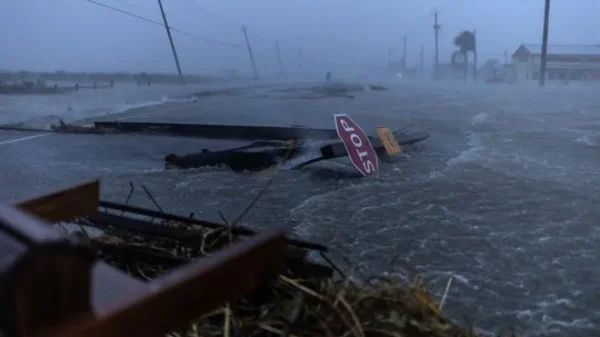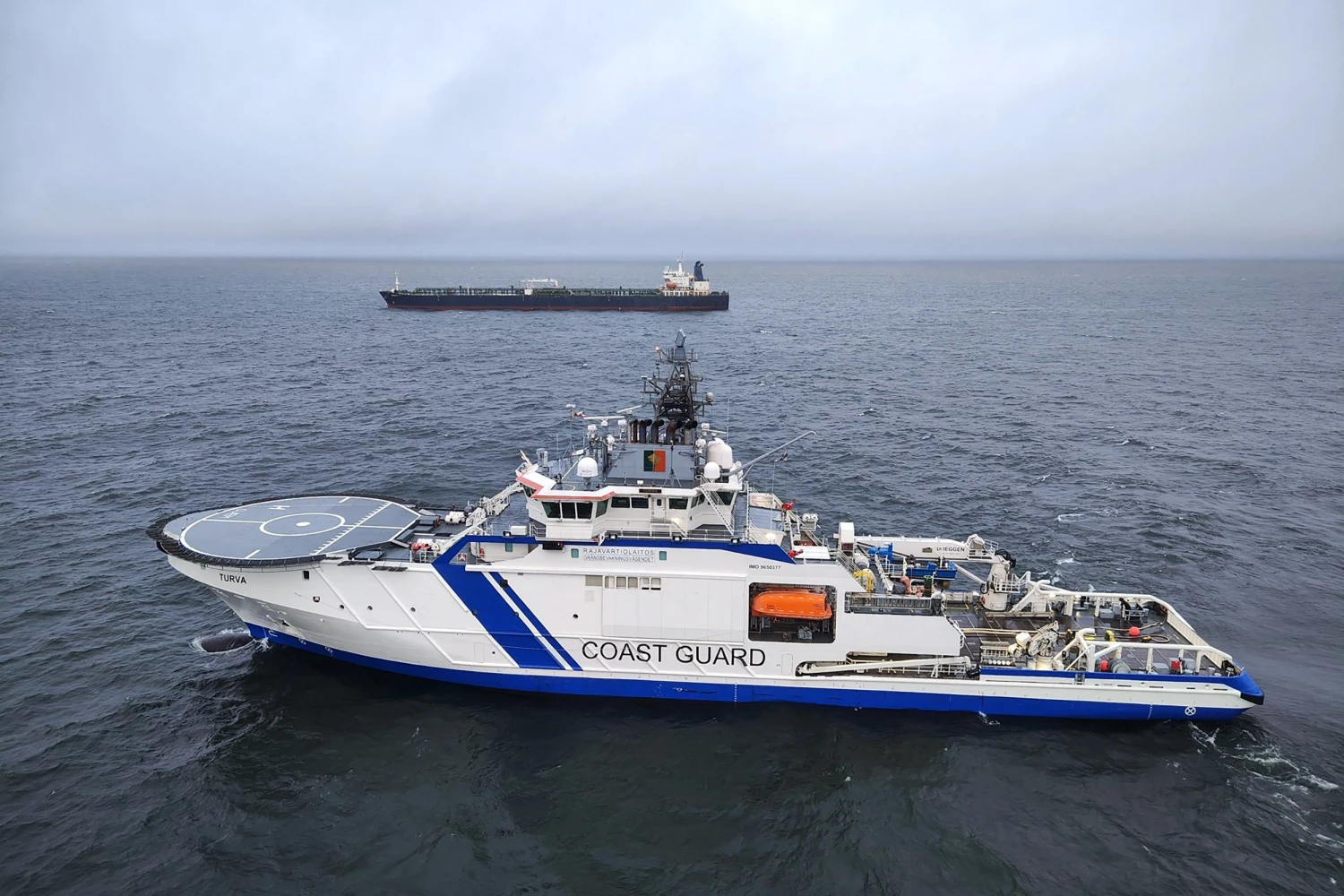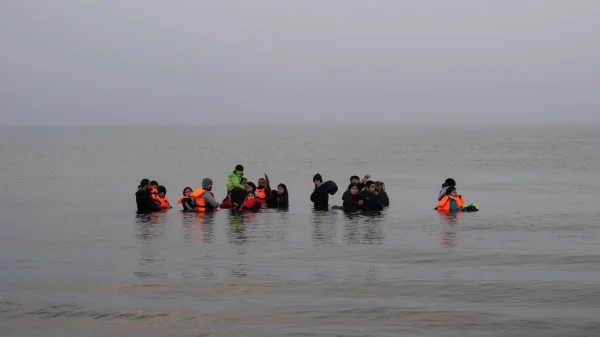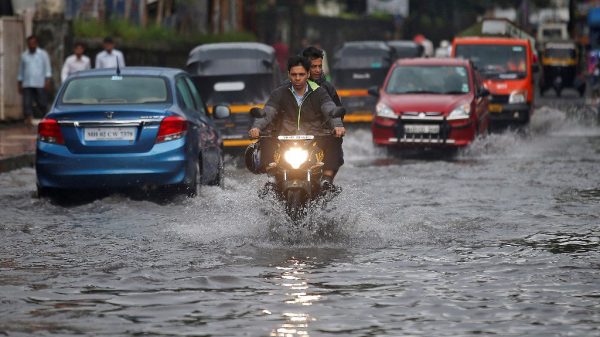On December 25, 2024, shortly after midday, workers at the Finnish electricity company Fingrid detected significant damage to Estlink 2, the primary undersea electricity cable connecting Finland to Estonia. The disruption significantly reduced Estonia’s power supply, raising immediate concerns about possible sabotage.
That evening, Fingrid’s network operations manager, Arto Pahkin, told Finland’s national broadcaster that multiple scenarios were being investigated, including sabotage and technical faults. Notably, two vessels had been moving near the cable at the time of the disturbance.
Hours later, the Finnish coast guard boarded the Russian ship Eagle S, suspected of deliberately damaging the power cable.
The vessel, registered under the Cook Islands but linked to Russia’s so-called “shadow fleet,” was reportedly carrying embargoed Russian oil products. Finnish authorities later recovered an anchor from the seabed along the ship’s route, while photos showed that the vessel was missing its port-side anchor.
The Finnish police have since launched a criminal investigation, naming nine suspects. This incident is just one of many recent attacks on undersea cables in the Baltic region since Russia’s full-scale invasion of Ukraine in 2022.
NATO and EU Sound the Alarm
Following the Estlink 2 incident, NATO vowed to enhance its military presence in the Baltic Sea, while Estonia dispatched a patrol ship to protect the remaining Estlink 1 undersea cable. The EU characterized the attack as “the latest in a series of suspected attacks on critical infrastructure.”
Undersea cables are vital to global communication and energy supply. These networks, spanning 1.4 million kilometers (870,000 miles), transmit electricity and internet data across oceans and seas. The ease with which they can be sabotaged highlights their vulnerability in modern warfare.
The Growing Threat of Hybrid Warfare
Russia’s increasingly aggressive posture in Europe is part of a broader hybrid warfare strategy—covert, deniable attacks aimed at destabilizing Western countries without triggering a formal war.
Dr. Sidharth Kaushal, a senior research fellow at the Royal United Services Institute (RUSI), warns that Russia possesses sophisticated deep-sea capabilities that allow it to tap, sever, or manipulate undersea cables at extreme depths. These operations are designed to weaken NATO’s infrastructure and undermine European economies.
Hybrid warfare is not limited to undersea sabotage. In recent years, Russia has been accused of various covert attacks, including:
- Parcel bomb attacks on courier companies in the UK, Germany, and Poland.
- Railway sabotage in Sweden and the Czech Republic.
- Cyberattacks targeting European infrastructure and government institutions.
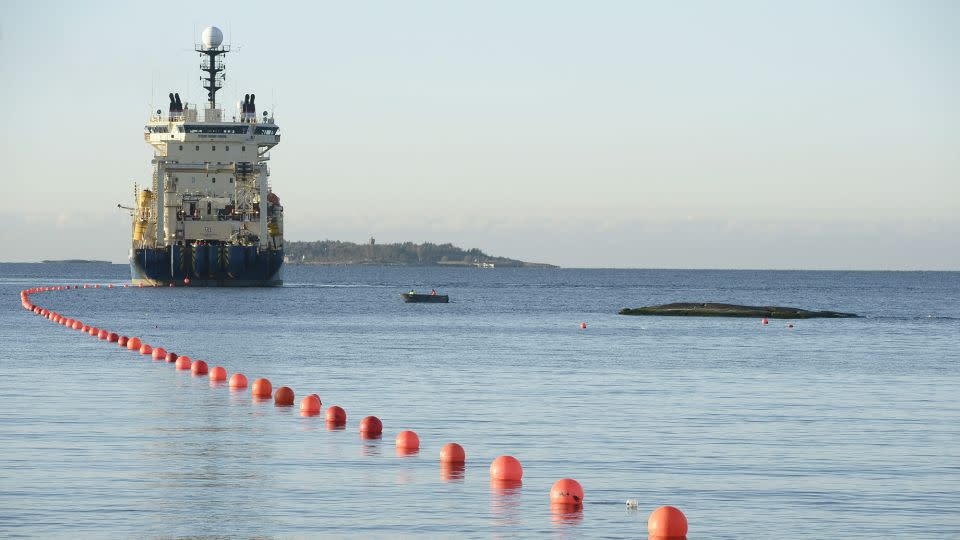
Russian Ship Hitting Power Cables
Russia’s Deep-Sea Sabotage Capabilities
Russia’s Main Directorate for Deep-Sea Research (GUGI), which reports directly to the Kremlin, is responsible for intelligence gathering and sabotage operations in deep waters.
The GUGI operates nuclear-powered submarines such as the Belgorod, which can deploy smaller deep-sea submersibles for high-risk operations. These highly trained crews can sever or manipulate undersea infrastructure at depths that make detection and repair extremely difficult.
Western intelligence agencies are increasingly concerned about Russia’s focus on undersea sabotage. In November 2024, UK Defense Secretary John Healey accused the Russian surveillance ship Yantar of “loitering over UK critical undersea infrastructure.” The ship was later spotted again in January 2025, prompting the Royal Navy to monitor its movements closely.
Europe’s Response to the Threat
Recognizing the danger, NATO and the EU established the European Centre of Excellence for Countering Hybrid Threats in Helsinki in 2017. More recently, the UK launched an inquiry into the country’s vulnerability to undersea cable attacks.
Dr. Camino Kavanagh of King’s College London emphasizes the need for stronger maritime surveillance and resilient infrastructure. Western nations are now implementing multiple layers of protection, including:
- Diversifying cable routes to prevent single points of failure.
- Strengthening repair capabilities to minimize downtime in case of attacks.
- Improving real-time monitoring of suspicious activity in territorial waters.
Despite Russia’s denials, European governments view these incidents as a wake-up call. The growing frequency of attacks suggests that Moscow is actively testing Western response times and vulnerabilities.
Edward Lucas, an expert on Russia, warns that the West is now facing the consequences of years of complacency. “We never thought our undersea infrastructure would become a target, but now we are reaping the harvest of naïve trust. Our only hope is deterrence—showing Russia that any attack on our cables will come at a steep price.”
While countries are working to bolster their defenses, the reality remains that undersea cables—responsible for global internet traffic and energy transmission—will remain a prime target in the evolving hybrid warfare. The West’s ability to counter these threats will determine its resilience against future attacks.




























